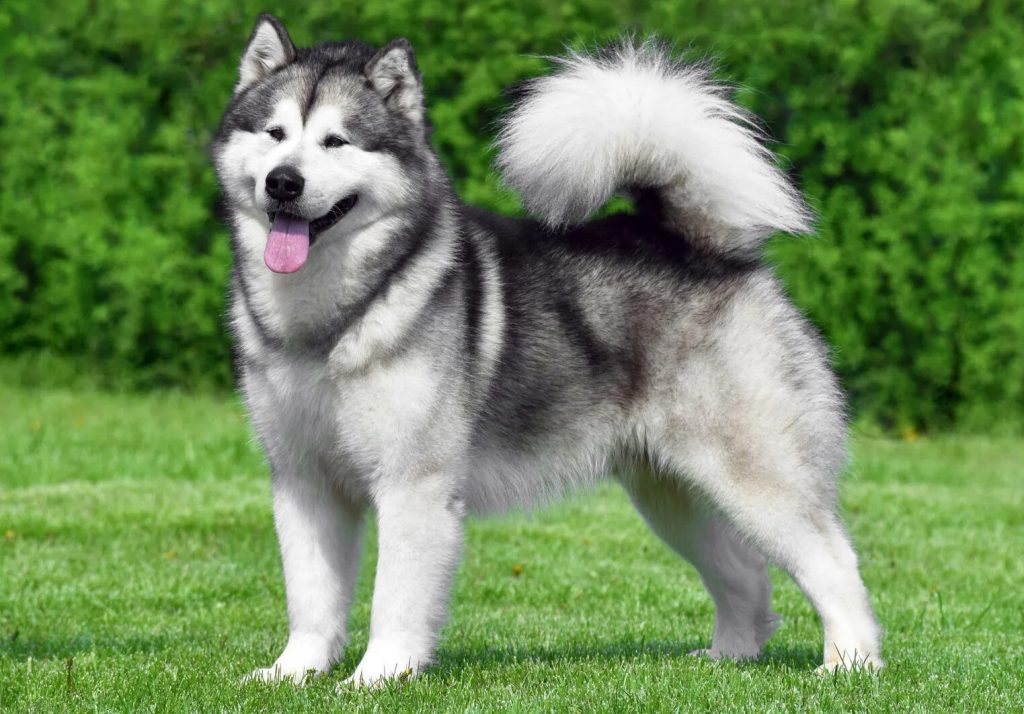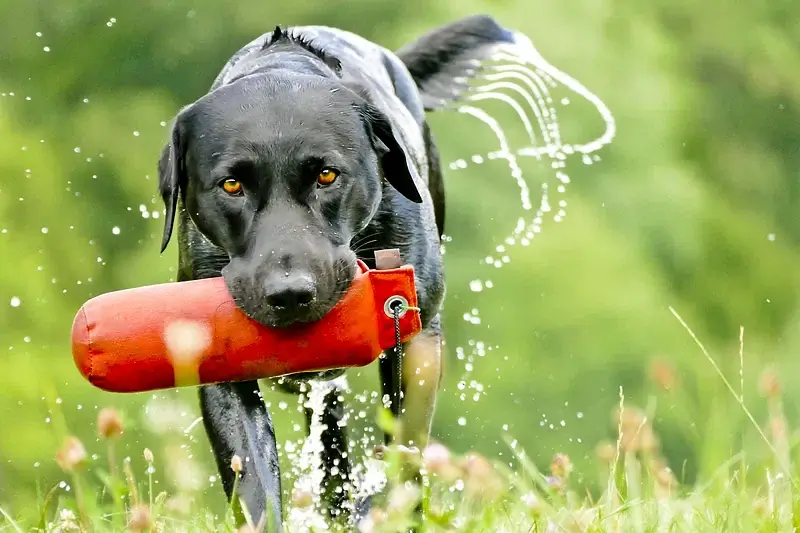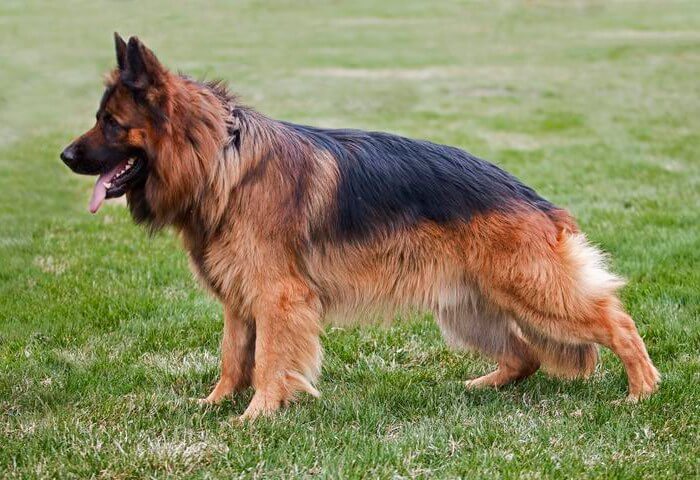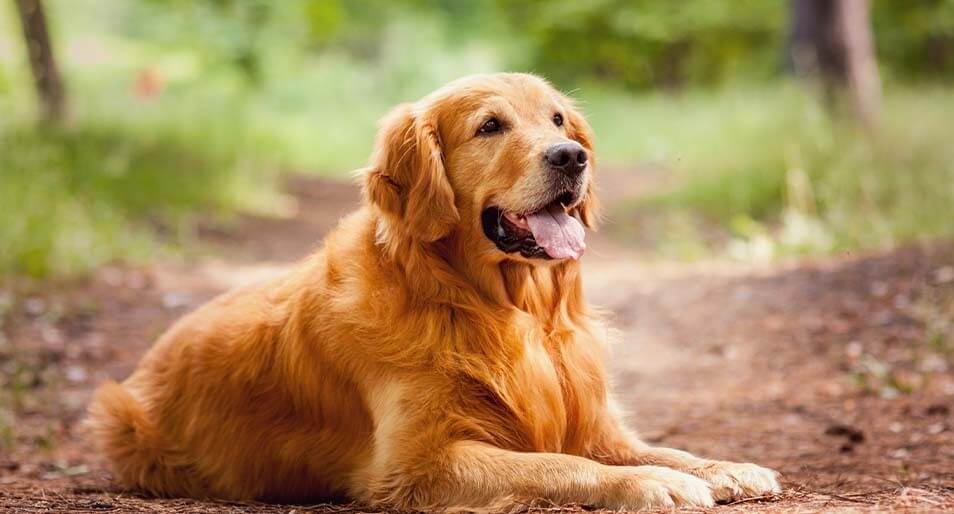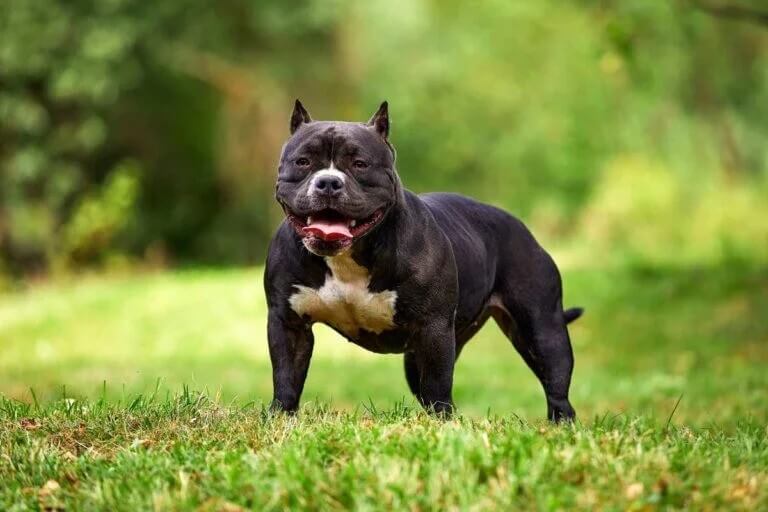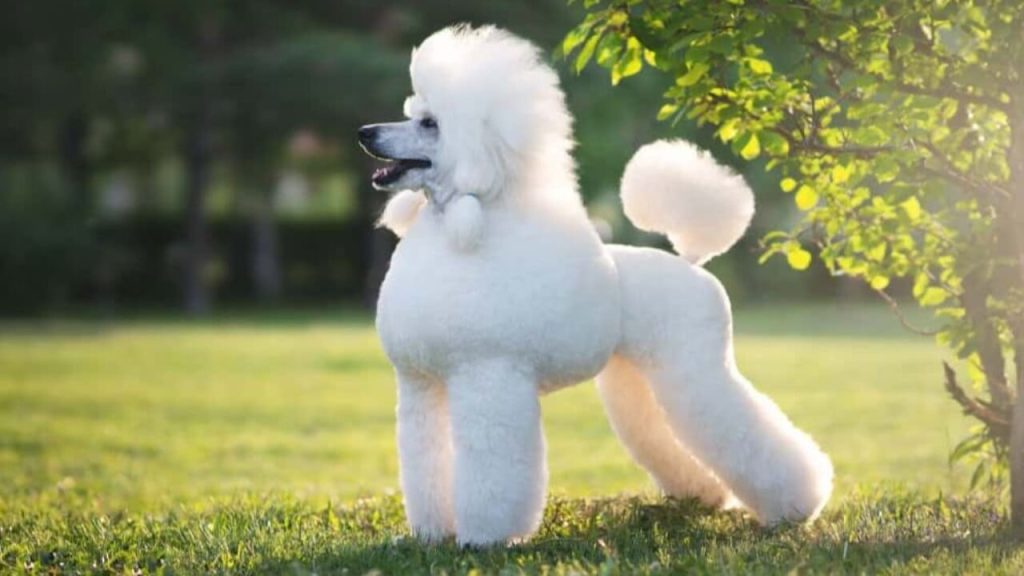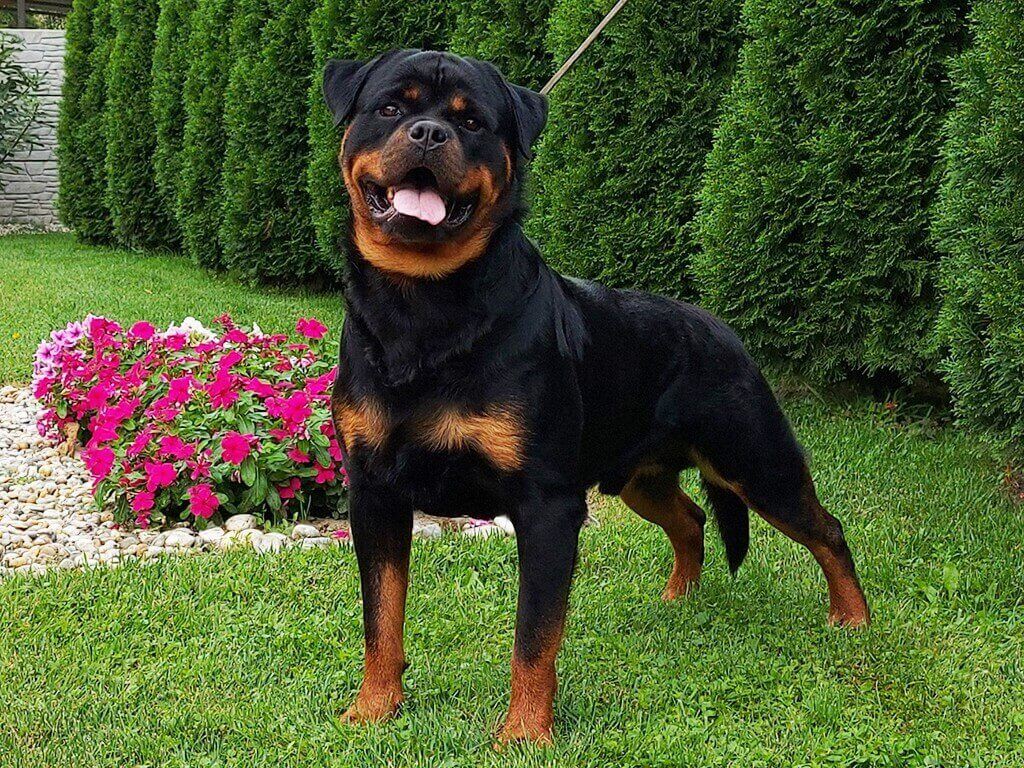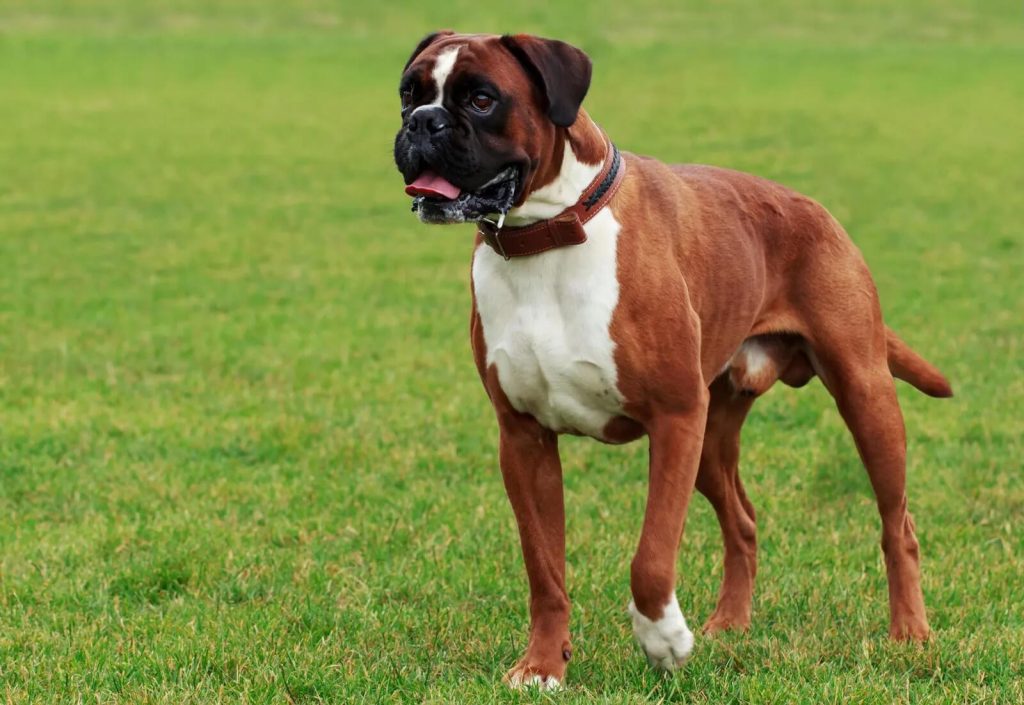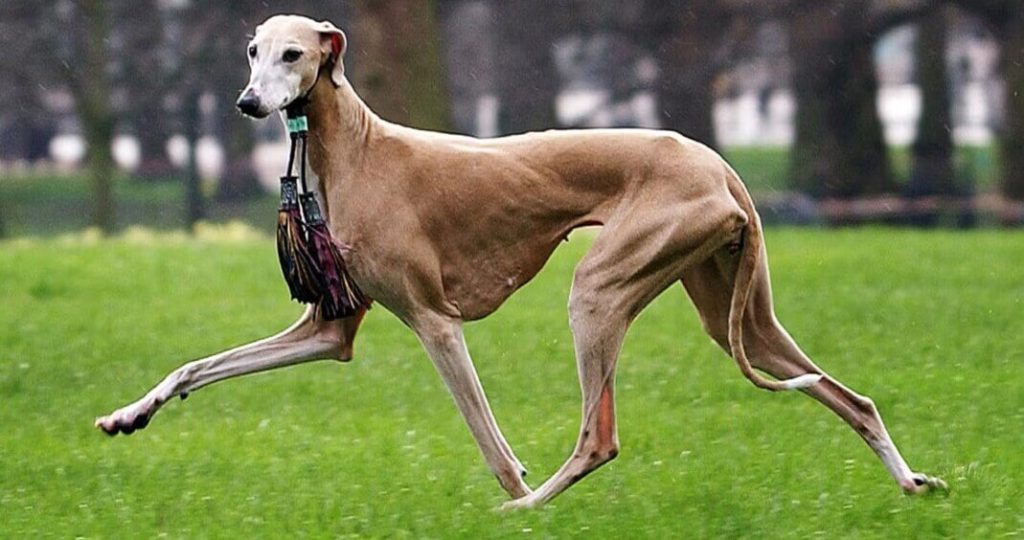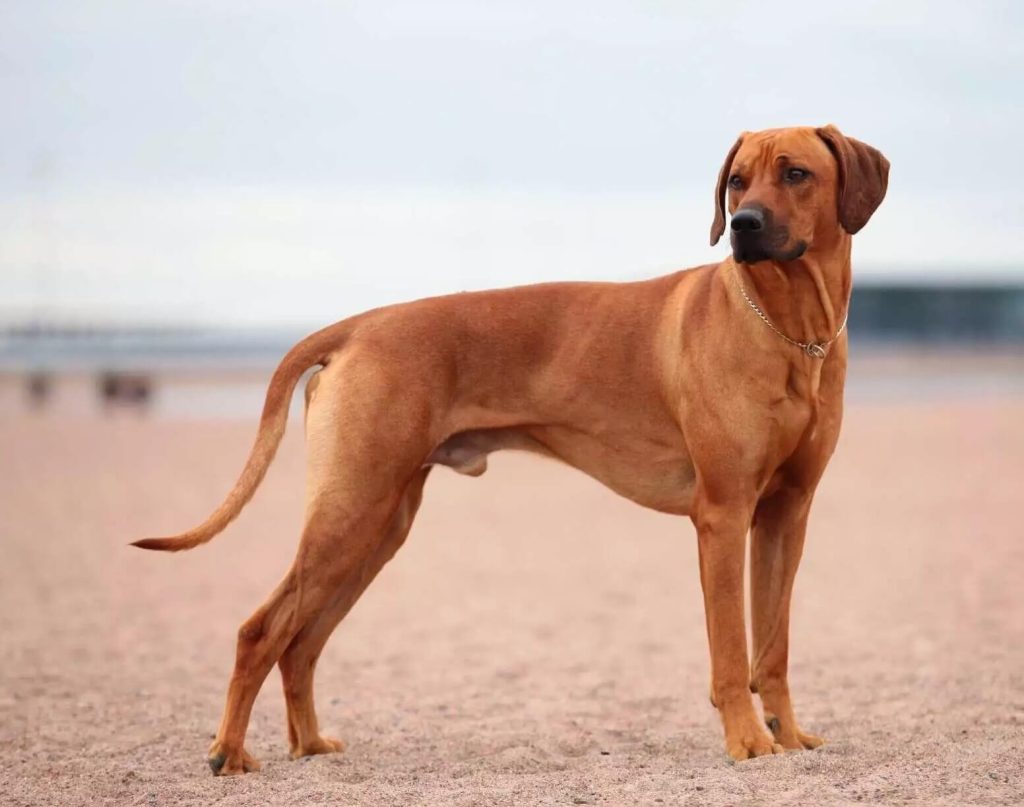🐾 Alaskan Malamute – Powerful, Loyal, and Friendly Arctic Companion
🐶 What is an Alaskan Malamute?
The Alaskan Malamute is a large, strong working dog originally bred to pull heavy sleds in harsh Arctic climates. With its wolf-like appearance and affectionate nature, this breed is known for being loyal, playful, and incredibly resilient.
📜 Origin & History
The breed gets its name from the Mahlemut Inuit tribe of Alaska. Malamutes have been used for centuries for sled-pulling, hunting, and survival in freezing environments. They were crucial companions in Arctic expeditions and gold rush journeys during the 19th century.
🧬 Physical Traits
- Size: 23–25 inches in height
- Weight: 75–100+ pounds
- Coat: Thick, double coat suitable for cold weather
- Colors: Shades of gray, black, red, and sable with white markings
Malamutes are often mistaken for Huskies, but are much more powerful and larger in build.
🧠 Temperament & Personality
Malamutes are friendly, dignified, and affectionate. They form deep bonds with their families and love to be part of the household activities.
- Not ideal as a guard dog due to their friendly nature
- Can be independent and stubborn without proper training
- Love people – not suitable for isolation or being left alone for long hours
🏃♂️ Energy & Exercise
These dogs are extremely active and thrive in environments where they can run, hike, or pull weights.
- Requires 60–90 minutes of exercise daily
- Best for experienced dog owners or active families
- Without enough activity, they may become destructive
🎯 Training Tips
Training an Alaskan Malamute takes patience and consistency. They are intelligent but can be strong-willed.
- Start early with obedience and socialization
- Use positive reinforcement and avoid harsh methods
- Expose them to different environments and people early on
🥗 Diet & Health
Malamutes do best on a high-protein diet formulated for large, active breeds. Keep an eye on their weight and avoid overfeeding.
- Common Health Concerns: Hip dysplasia, hypothyroidism, cataracts, and bloat
- Lifespan: 10–14 years
- Regular vet checkups and grooming are essential
🛁 Grooming Needs
The Alaskan Malamute’s thick coat sheds heavily, especially during seasonal changes.
- Brush 2–3 times weekly (daily during shedding season)
- Bathe occasionally – they are naturally clean dogs
- Trim nails and clean ears regularly
👨👩👧👦 Is the Alaskan Malamute Right for Your Family?
Malamutes are great with children and enjoy being part of a family unit. However, they are best for families with experience and a spacious home environment.
- Not recommended for apartment living
- Needs a securely fenced yard – they’re escape artists
- Supervise around small pets due to their prey drive
🌟 Fun Facts About Alaskan Malamutes
- One of the oldest Arctic sled dog breeds
- Used in WWII for hauling and search-and-rescue missions
- Appeared in many Hollywood movies thanks to their wolf-like look
- Rarely bark – they prefer to “talk” or howl
❓ Frequently Asked Questions
Q1: Are Alaskan Malamutes good guard dogs?
A: They are protective but generally too friendly to be reliable guard dogs.
Q2: Can Malamutes live in warm climates?
A: They can adapt, but they prefer cooler environments and need shade and water in hot weather.
Q3: Do they get along with other pets?
A: Early socialization is key. They can be dominant or prey-driven, so introductions must be controlled.
Q4: Are Malamutes easy to train?
A: They’re intelligent but stubborn. Consistency and patience are essential.
✅ Final Thoughts
The Alaskan Malamute is a majestic, strong, and deeply loyal dog best suited for active, experienced owners. If you can meet their needs for space, exercise, and companionship, a Malamute will reward you with a lifetime of affection and adventure.
🐺 Alaskan Malamute for Sale
The Alaskan Malamute is a powerful, loyal, and majestic working dog originally bred for strength and endurance. Known for their wolf-like appearance and friendly nature, they make wonderful companions for experienced dog owners who can meet their high exercise needs. Below is a list of countries where you can explore available Alaskan Malamutes through trusted platforms.
- Alaskan Malamute for Sale in Pakistan
- Alaskan Malamute for Sale in the United States
- Alaskan Malamute for Sale in Canada
- Alaskan Malamute for Sale in Australia
- Alaskan Malamute for Sale in the United Kingdom
- Alaskan Malamute for Sale in India
- Alaskan Malamute for Sale in South Africa
- Alaskan Malamute for Sale in New Zealand
- Alaskan Malamute for Sale in Nigeria
